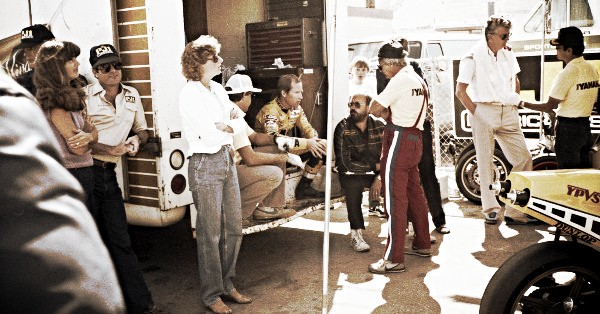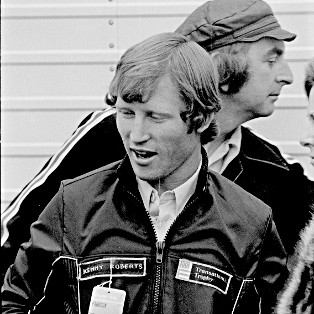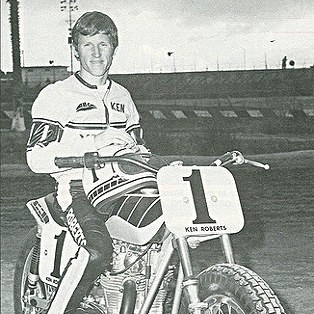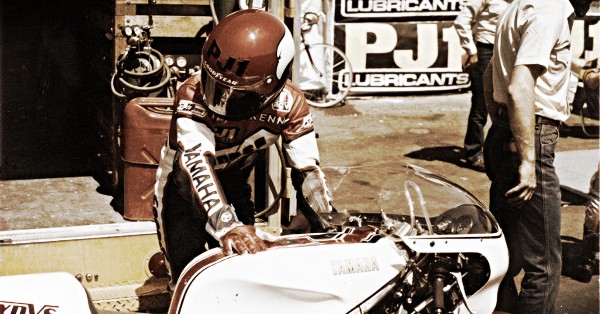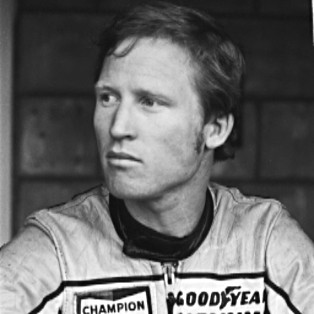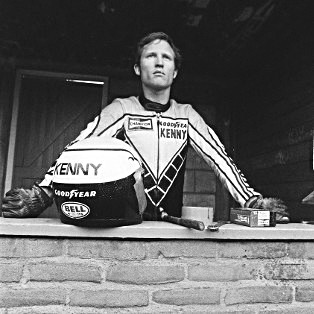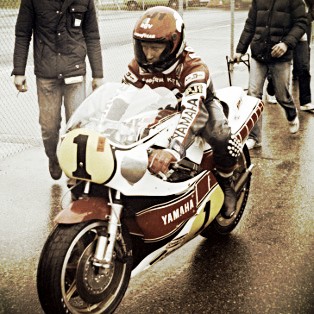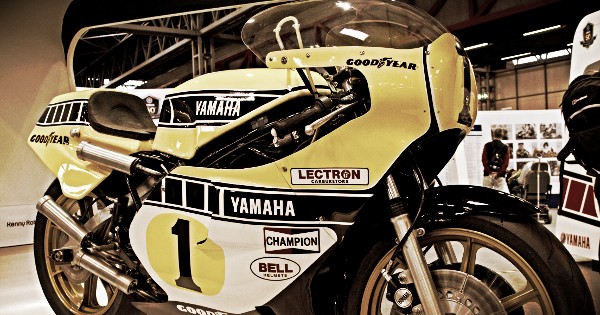Motorcycle Hero: Kenny Roberts
An American racing legend
Few Americans have made their mark on Grand Prix motorcycle racing as Kenny Roberts has. King of the dirt tracks, he was also king of the road. His techniques and legendary style brought about much change in the racing world. Making him the motorcycle hero of many. Here's his story.
Born December 31st, 1951, in Modesto, California, Roberts rode his first bike aged 12. He became hooked and decided to build his first motorcycle. He did this by attaching his father's lawn mower engine to a bicycle.
His dad eventually bought him a bike to compete with. It wasn't long before Roberts was winning local races. He secured sponsorship with a local Suzuki dealer and dropped out of school to pursue his career.
He entered his first professional race aged 18, finishing in fourth place. He gained a new manager, Jim Doyle. And became a factory sponsored rider at 19, with the American Yamaha Importer's Team.
'They don't pay me enough to ride'
Robert's talent continued to grow. He raced in the AMA Grand National dirt track championship. By 1971, he'd won Rookie of the Year award. By 1972, he ranked fourth in the country, and in 1973, he won the championship. It was his second season as an expert class rider, yet he scored a record 2,014 points in the 25-race series.
1974 saw him win the championship a second time. Roberts was gaining a reputation for his gutsy riding style. His win at the Indy Mile Grand National in '75 was one of his most memorable ever. It was onboard a flat-tracker powered by a two-stroke Yamaha TZ 750. It was considered too powerful to ride. But Roberts gradually worked his way forward during each lap to take the win. Astonishing many with his fearlessness. When interviewed shortly after, he said 'they don't pay me enough to ride [that bike]'.
But being a pro on the dirt tracks wasn't enough for Roberts, who soon turned to road racing. He came second in a few races and decided it was time to compete against the British. It was the 1974 Transatlantic Match races. The British had aced this particular series in previous years. So Roberts shocked many when he won three out of six races and came second in the others.
'I never really considered myself a road racer, I just did road racing to get Grand National points'
In 1977, Roberts returned to England to win four of the six races in the Transatlantic Match races. In 1978, won the Grand Prix motorcycle racing world championship. He was the first American to do so. Racing in the 500cc class, and beating Suzuki's Barry Sheene, his main competitor. This came after Sheene had labelled him as “no threat". He believed it would take longer than one season for Roberts to learn the European circuits. He and many others. They were wrong.
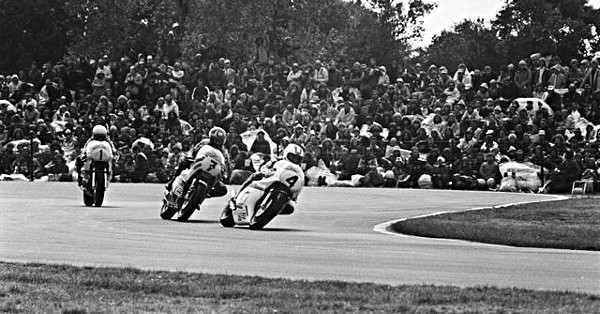
1978, ASSEN
Back in the '70s, race bikes had powerful engines. Often too powerful for the frames and tyres to accommodate. But Roberts brought his dirt track racing techniques to the road. He'd apply the throttle early. Causing the rear tyre to spin and the motorcycle to shake as he steered his bikes around corners.
This meant he could attain top speed faster than his fellow competitors. A technique which was foreign to European road racing until his arrival. But Kenny revolutionised things. He was one of the first riders to use their knee to balance the bike when corning. And he'd been using duct tape for knee protection. His riding style caught on, and thus came the need for the purpose-built knee pads we see today.
A rebel with a cause
1979. Another year. Another 500 World Championship win. Despite Roberts facing some major setbacks. An injury during testing meant he missed the opening season. He caught up with points but was refused money by the Spanish race organisers. Money that should've been guaranteed under FIM regulations. He won the race but refused to accept the winner's trophy. FIM temporarily suspended him.
The controversy continued in Belgium. Roberts refused to race on the track, which had been newly paved and was seen as being unsafe. The feud with FIM carried on after the series. Roberts announced his intention to create a rival series. The World Series. It failed to take off due to lack of secured venues. But it forced FIM to take riders' safety more seriously. Prize money increased significantly in 1979. Stricter safety regulations soon followed.
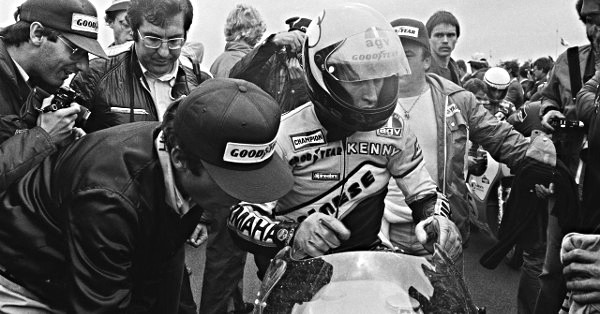
1980, ASSEN
Roberts won his third 500 World Championship in 1980. Retiring from Grand Prix racing in 1983. He decided to field a Grand Prix team while continuing to ride in selected events. By 1989, his team had become the Yamaha factory racing team. His riders won the 500cc and 250cc World Championships the following year. Roberts was the most successful team manager at the time.
In the '90s, Roberts had become frustrated with Japanese bikes dominating races. He decided to build his own bikes to compete. Although not as successful as he'd hoped, he still proved he could do it. Team Roberts ran up till 2007, albeit with Japanese bikes. His son, Kenny Roberts Jr, was part of the team and the first son of a world champion to win the World Championship.
Roberts was introduced into the International Hall of Fame in 1992. And in the A.M.A Motorcycle Hall of Fame in 1998. FIM named him a Grand Prix Legend in 2000.
Stats
AMA Grand National Championship: 2 (1973, 1974)
Daytona 200: 3 (1978, 1983, 1984)
Grand Prix motorcycle racing:
Race wins: 24
World Championship wins: 3 (500cc class; 1978, 1979, 1980)
Others in the Motorcycle Heroes Series:
Comments
23/09/16 - I used to enjoy watching him race round Mallory Park.
23/09/16 - Same here it was super to watch King Kenny at Mallory Park ..
24/09/16 - I was over the moon when I watched him beat Sheeny at Silverstone in 1979. Best race I've ever seen especially when it was followed by Rolf Biland matching their lap times on the revolutionary Beo sidecar.
24/09/16 - Trans Atlantic series were great races
24/09/16 - had some good tussles with barry sheene over the years
24/09/16 - I think all in all Kenny had the better of Sheeny with his knee down sliding style.


